Little-known facts about famous explorers and their real journeys
Exploration has been a human endeavor since time immemorial. These journeys were driven by the desire to discover new lands, cultures, and treasures.
But behind every famous explorer lies a tapestry of hidden stories, often more intriguing than the discoveries themselves.
Christopher Columbus: The Man Who Thought He Found India
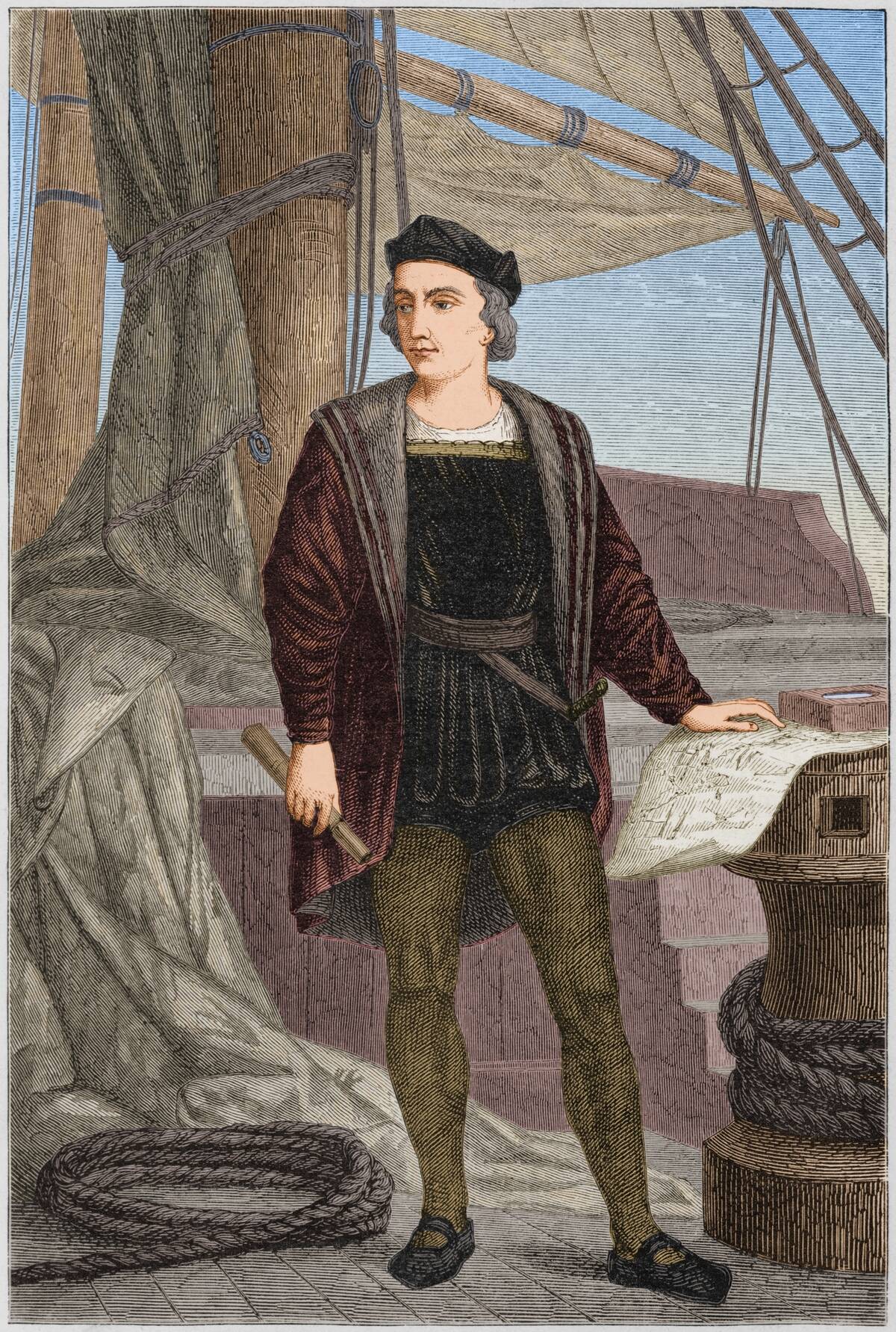
Christopher Columbus, the Italian explorer, famously set sail in 1492 under the Spanish flag, aiming to find a westward route to Asia.
Little did he know, he stumbled upon the Americas. Believing he reached India, he called the indigenous people “Indians,” a name that persists in various contexts to this day.
Ferdinand Magellan: The First to Circumnavigate the Globe, Almost
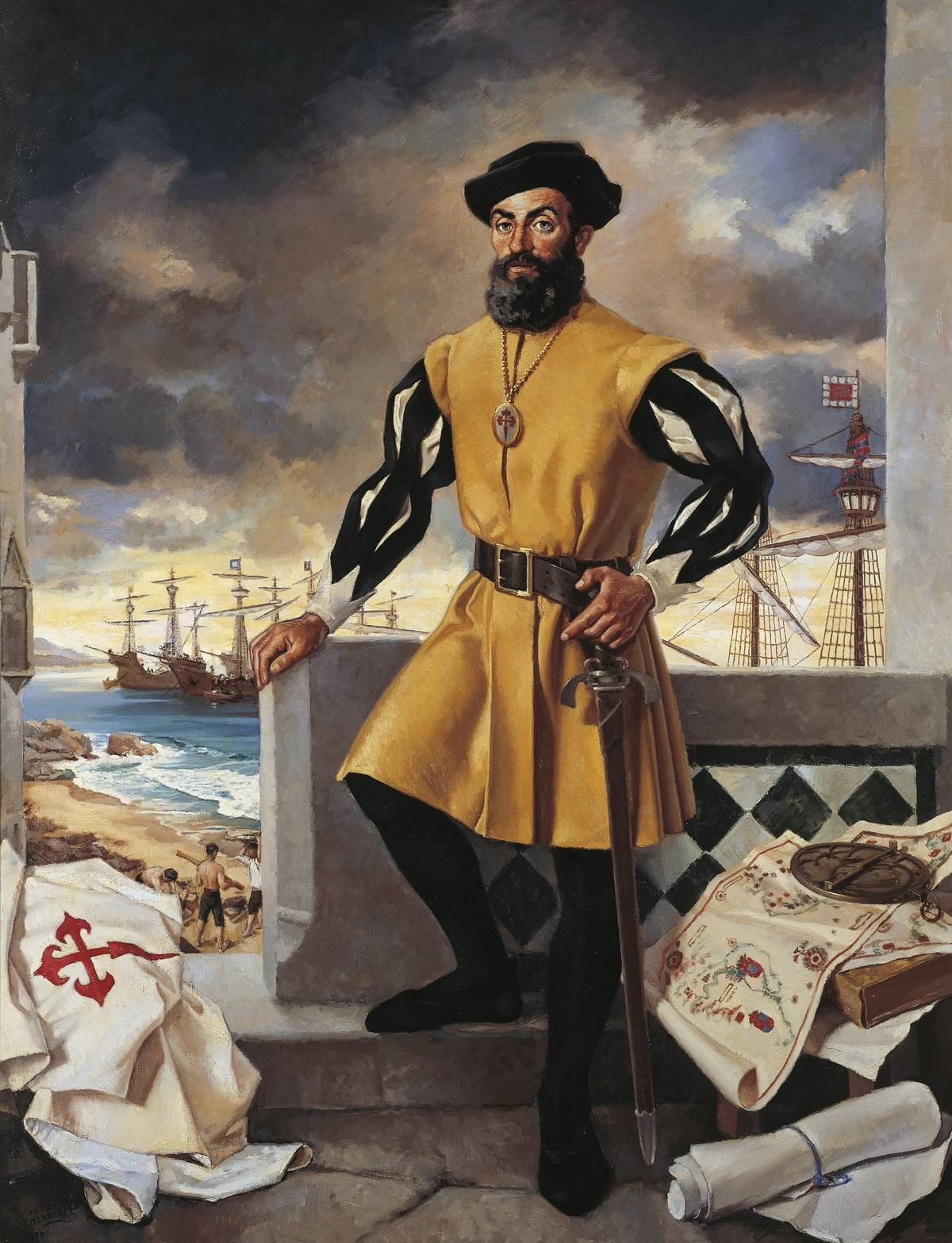
Ferdinand Magellan is often credited with the first circumnavigation of the Earth, although he did not complete the journey himself.
Magellan was killed in the Philippines, but his fleet, commanded by Juan Sebastián Elcano, continued and successfully returned to Spain in 1522, proving the world was round.
Marco Polo: The Venetian Merchant’s Long Stay in China
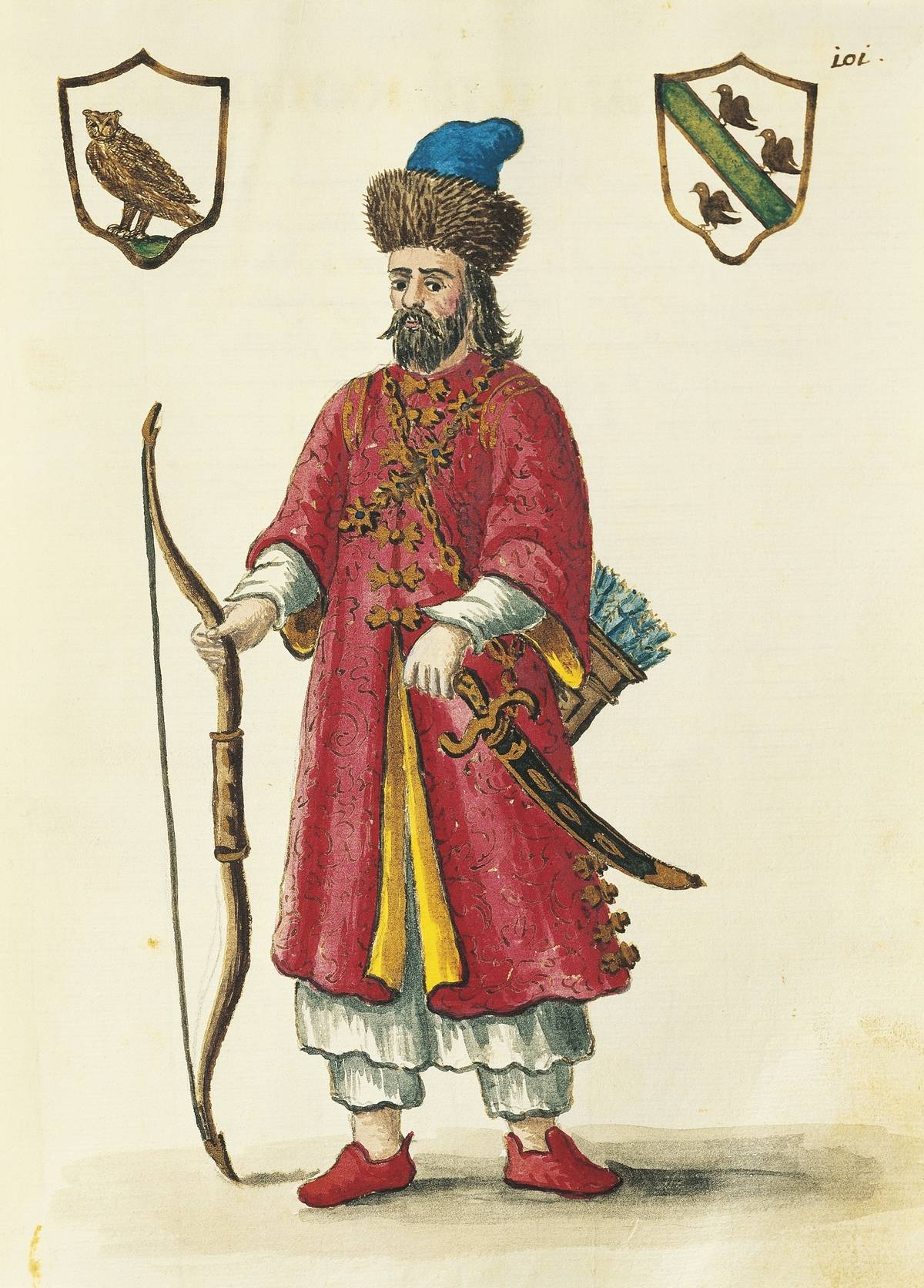
Marco Polo, the Venetian merchant, spent 24 years traveling through Asia, much of it in China under the rule of Kublai Khan.
His detailed accounts of the wealth and grandeur of the East captivated Europe, inspiring future explorers like Columbus.
Sir Francis Drake: Pirate or Hero?
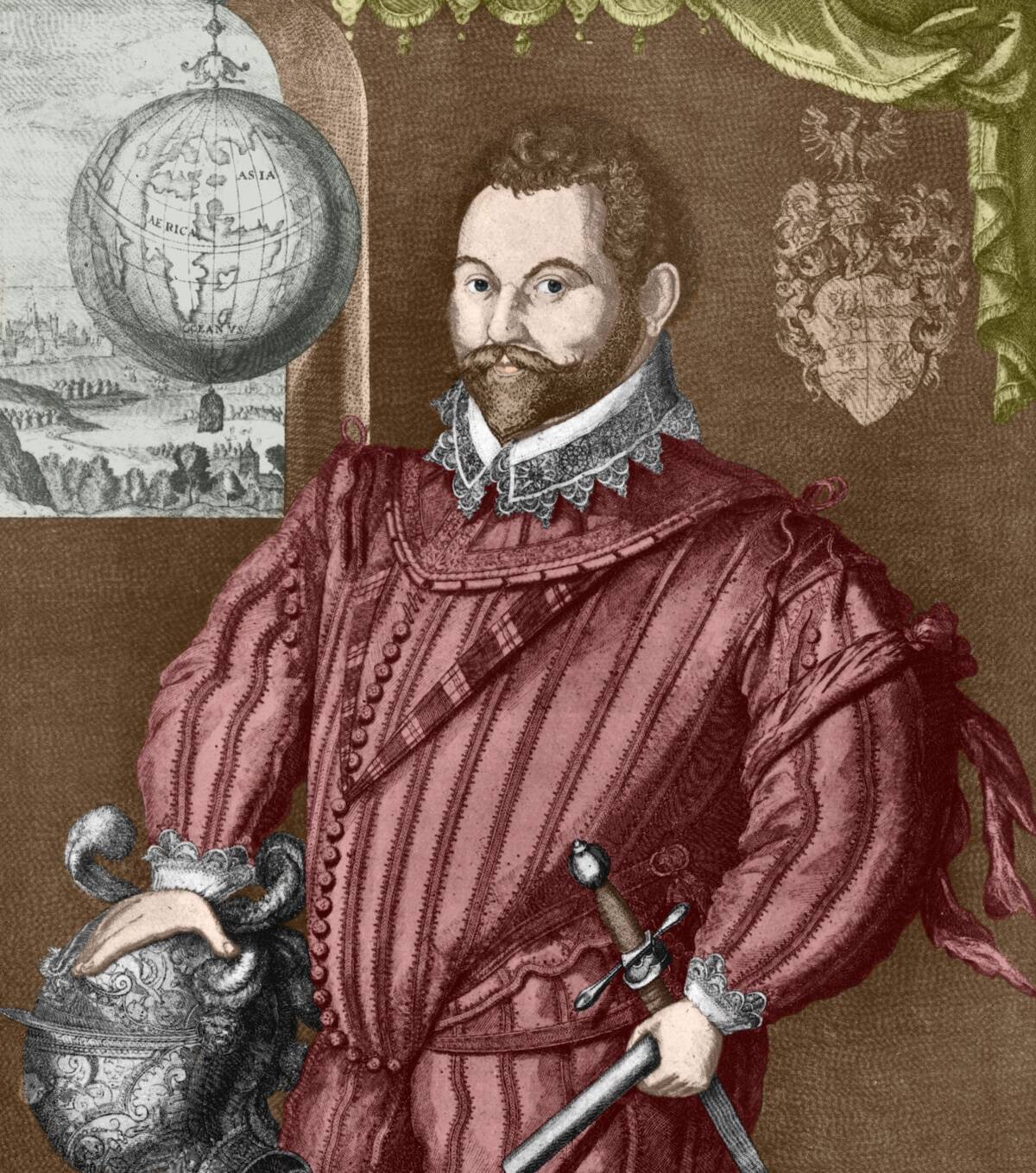
Sir Francis Drake was an English sea captain who became a hero to some and a pirate to others. He was the second person to circumnavigate the globe and was a thorn in the side of the Spanish, plundering their ships and settlements along the way.
Knighted by Queen Elizabeth I, he remains a controversial figure.
Vasco da Gama: The Spice Route Pioneer
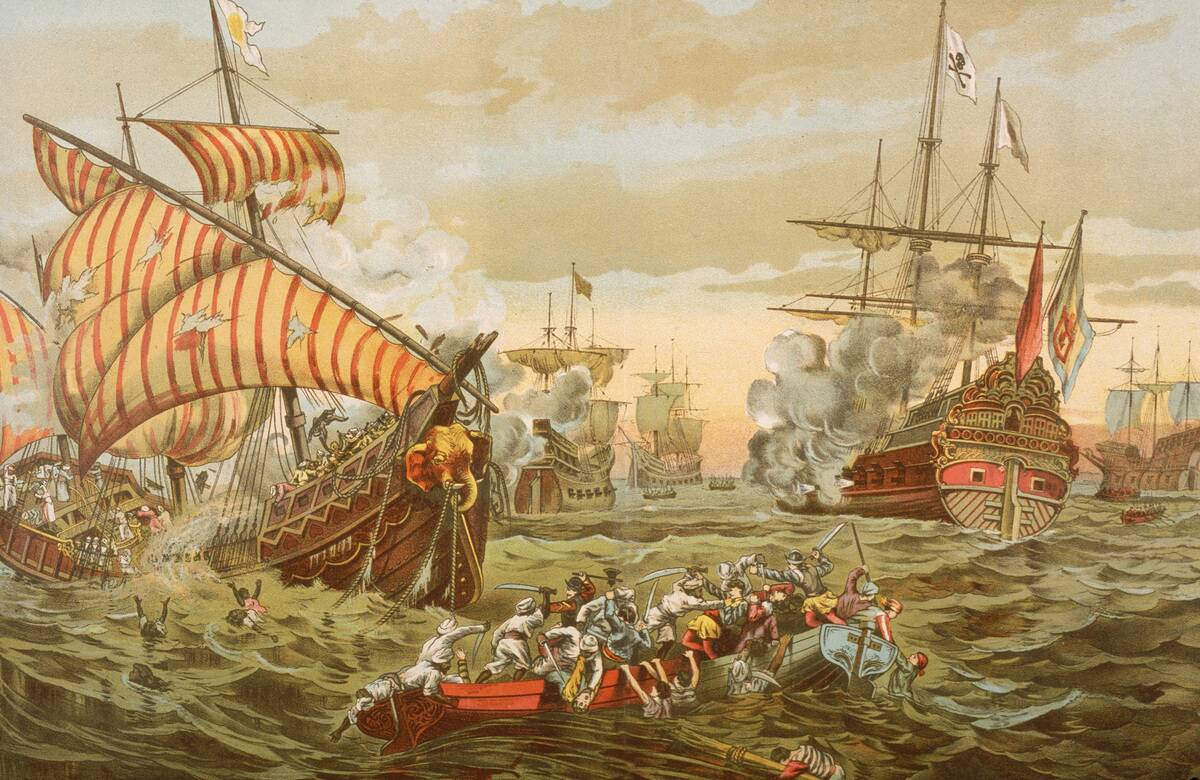
Vasco da Gama was the first European to reach India by sea, opening up the lucrative spice trade for Portugal.
His discovery of a sea route around Africa’s Cape of Good Hope in 1498 marked the beginning of European colonialism in Asia.
John Cabot: The Italian Who Sailed for England
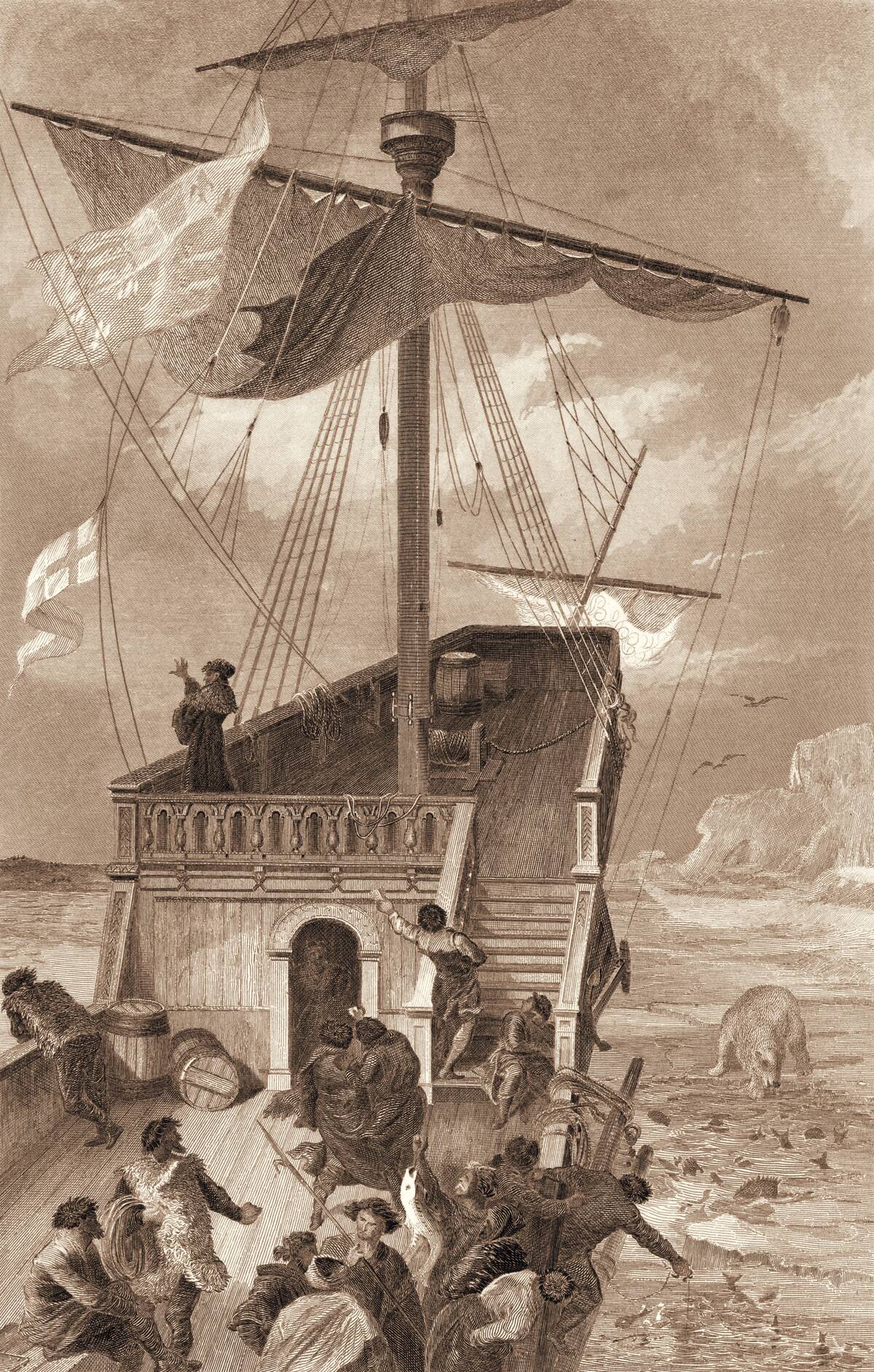
Giovanni Caboto, known as John Cabot, was an Italian navigator who sailed under the English flag.
In 1497, he landed on the coast of North America, likely Newfoundland, and claimed it for England, paving the way for future British claims in the New World.
Henry Hudson: The Explorer Who Disappeared
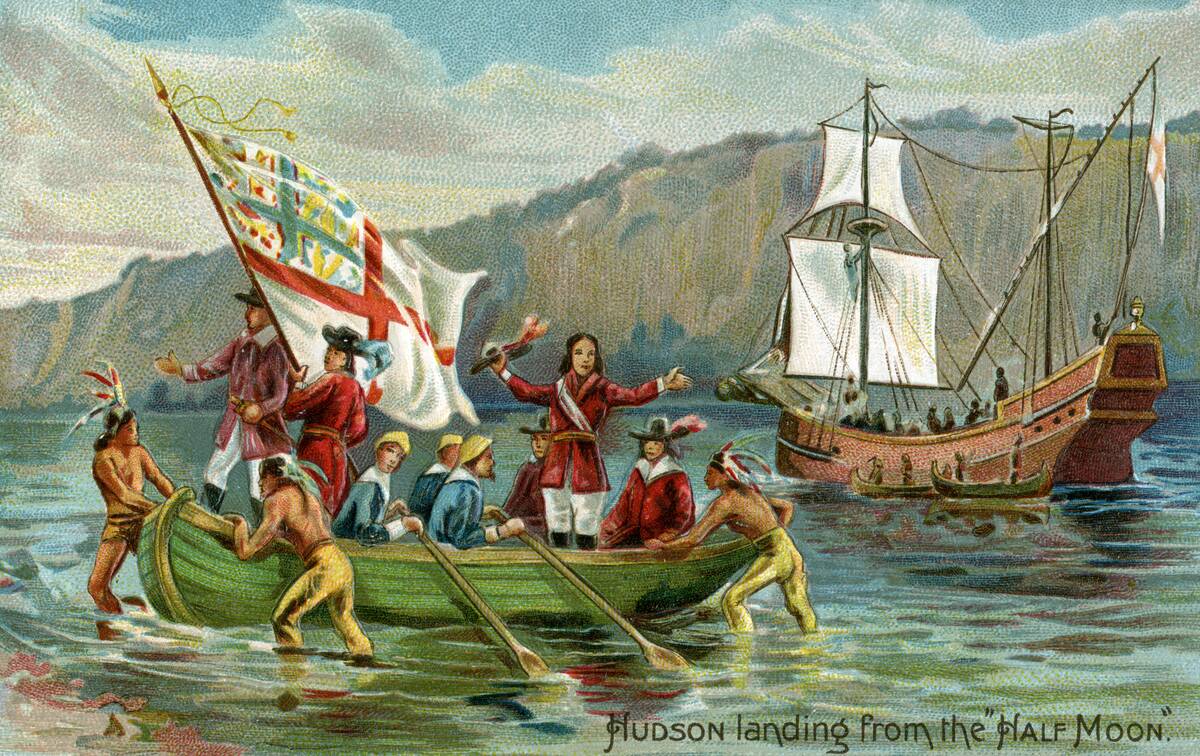
Henry Hudson is best known for his attempts to find a northern passage to Asia. After navigating the river that bears his name, his crew mutinied in 1611, setting him adrift in a small boat in Hudson Bay.
He was never seen again, adding mystery to his legacy.
Hernán Cortés: Conqueror of the Aztec Empire
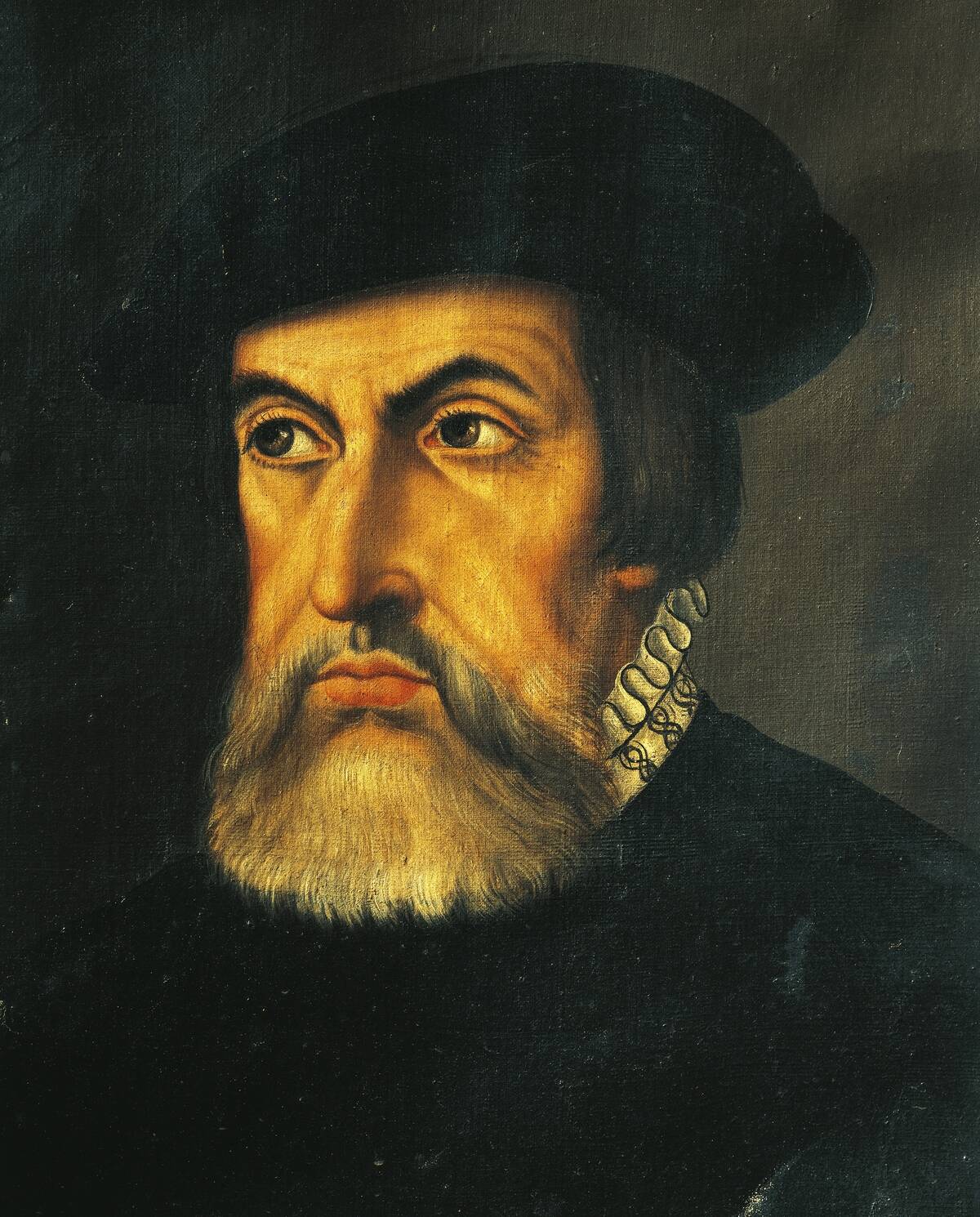
Hernán Cortés led the expedition that caused the fall of the Aztec Empire.
In 1519, with a small force, he overthrew the powerful Aztec ruler Moctezuma II, bringing vast territories in Mexico under Spanish rule, and marking a pivotal moment in history.
James Cook: The British Navigator Who Mapped the Pacific
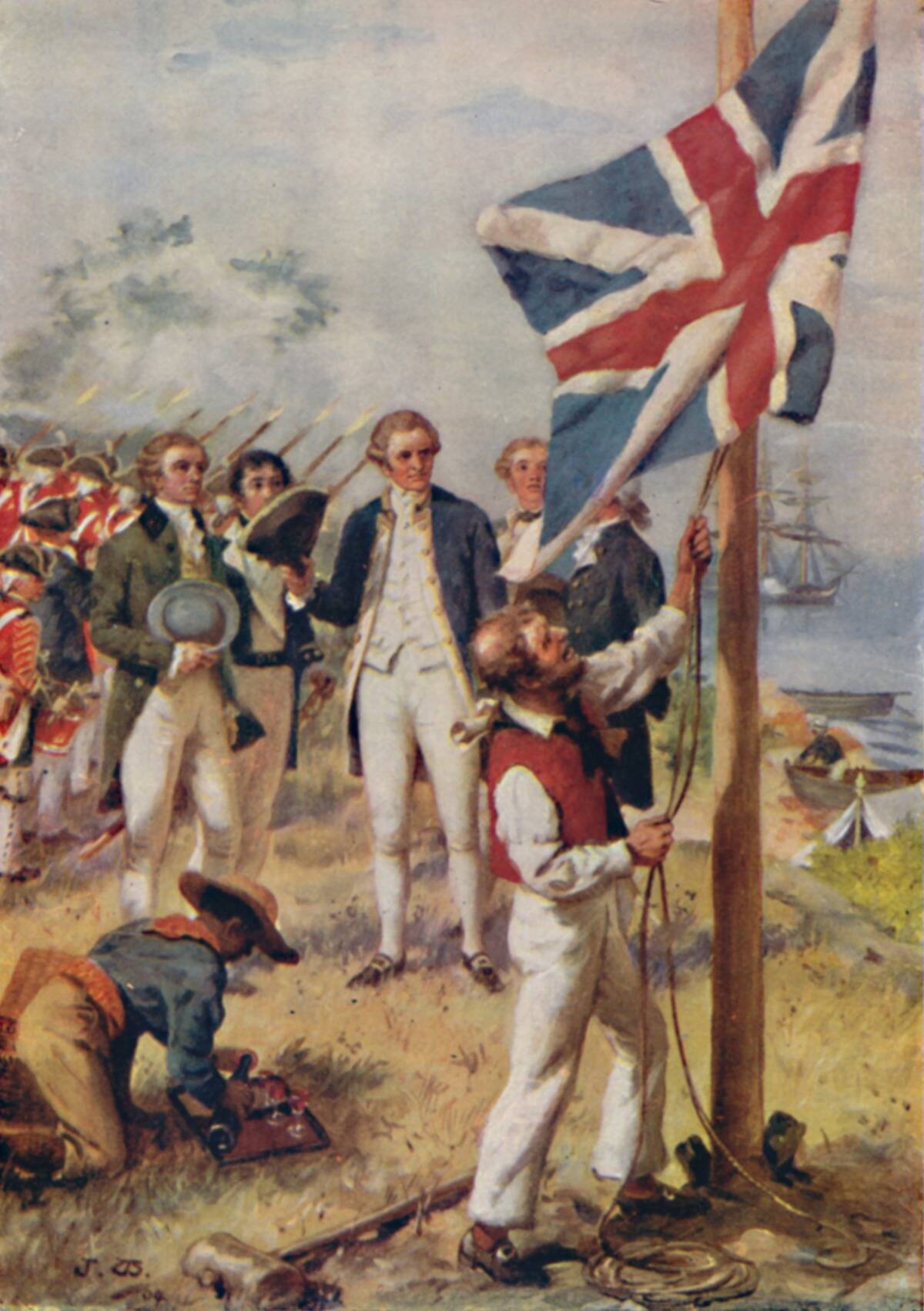
Captain James Cook was a British explorer renowned for his voyages in the Pacific Ocean. He charted many areas, including the east coast of Australia and the Hawaiian Islands, contributing significantly to the world map.
His encounters with indigenous peoples were often marked by both curiosity and conflict.
Roald Amundsen: The First to Reach the South Pole
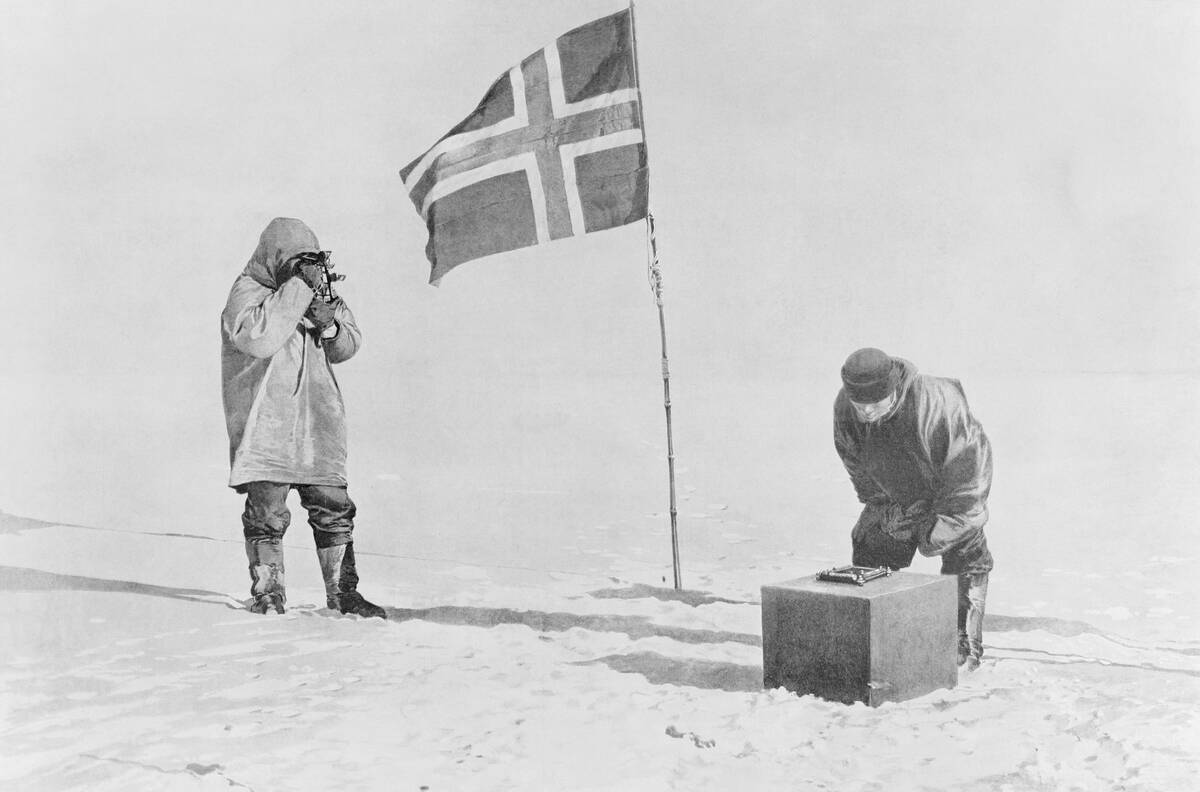
Norwegian explorer Roald Amundsen was the first person to reach the South Pole, achieving this feat on December 14, 1911.
His successful expedition, marked by meticulous planning and use of sled dogs, was a race against the British team led by Robert Falcon Scott.
Zheng He: The Chinese Admiral’s Grand Treasure Voyages

Zheng He, a Chinese admiral during the Ming Dynasty, led seven grand voyages between 1405 and 1433.
His fleet, comprising massive ships, traveled to Southeast Asia, South Asia, and even East Africa, showcasing China’s naval prowess and expanding its influence.
Ernest Shackleton: The Antarctic Expedition That Became a Legend

Sir Ernest Shackleton’s 1914 Imperial Trans-Antarctic Expedition turned into a gripping tale of survival when his ship, the Endurance, was trapped and crushed by ice.
Remarkably, Shackleton led his entire crew to safety, cementing his reputation as an extraordinary leader.
Leif Erikson: The Norse Explorer Who Beat Columbus to America
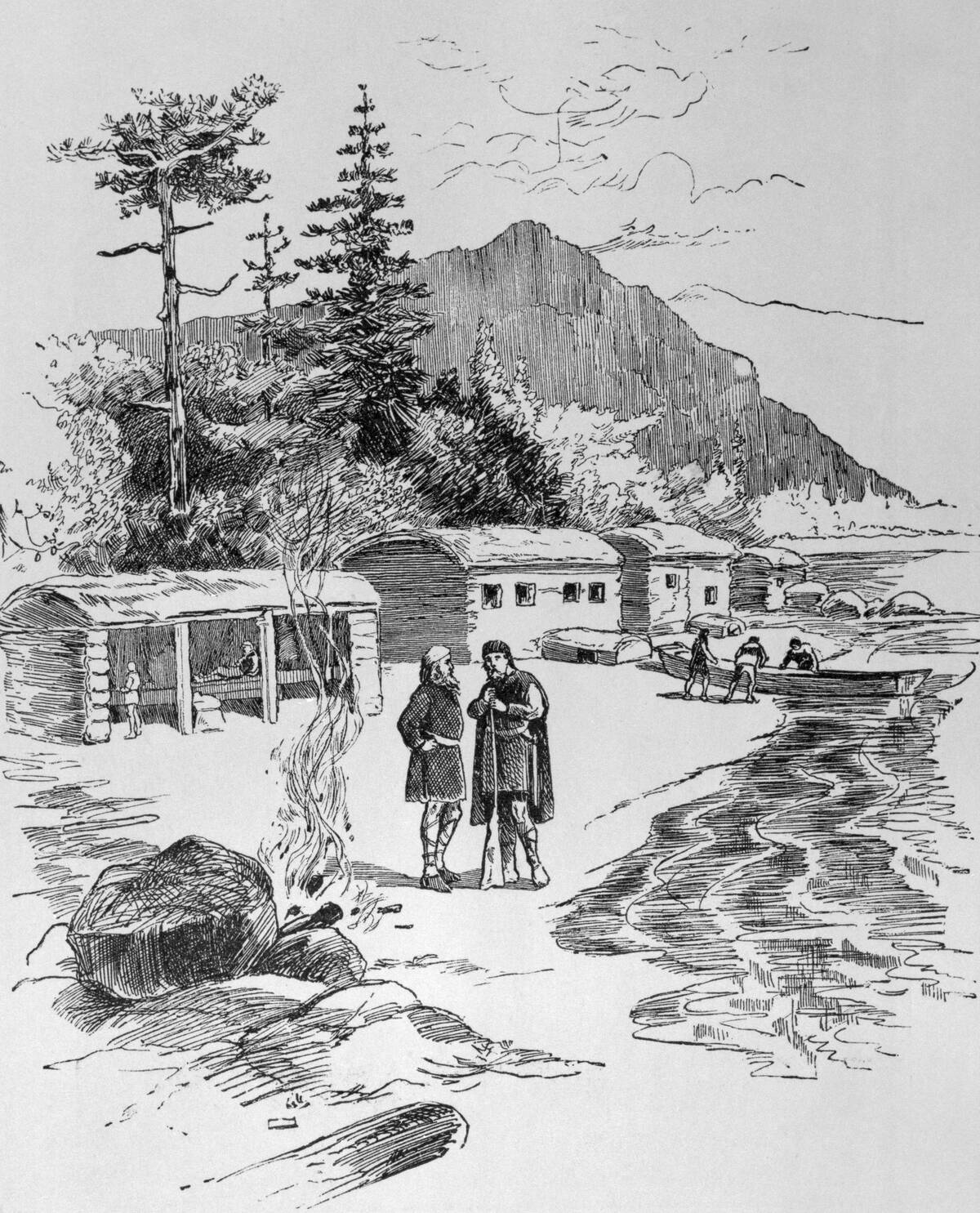
Leif Erikson, a Norse explorer, is believed to have been the first European to set foot in North America around the year 1000, nearly 500 years before Columbus.
He established a settlement at Vinland, thought to be in modern-day Newfoundland, Canada.
Lewis and Clark: The Duo That Opened the American West
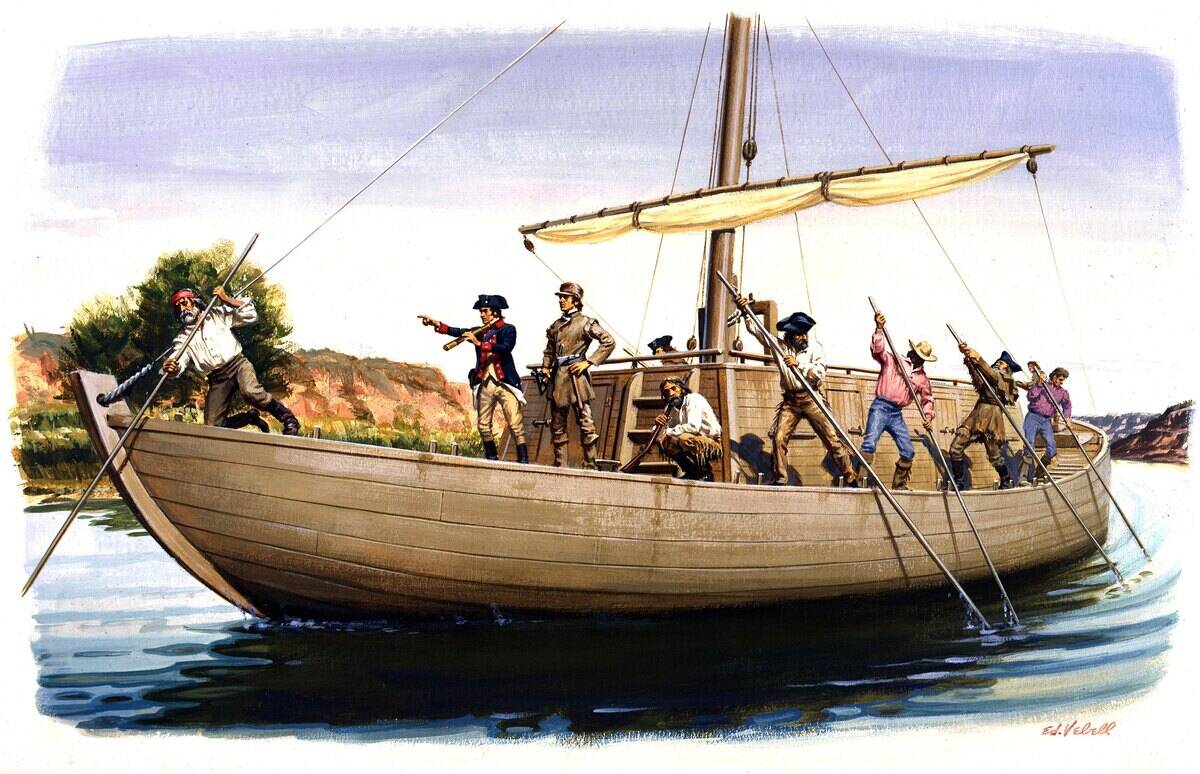
Meriwether Lewis and William Clark led the Corps of Discovery Expedition from 1804 to 1806.
Commissioned by President Thomas Jefferson, they explored the newly acquired Louisiana Territory, mapping the land and establishing American presence before European powers could claim it.
Ibn Battuta: The Medieval Traveler Who Outdid Marco Polo
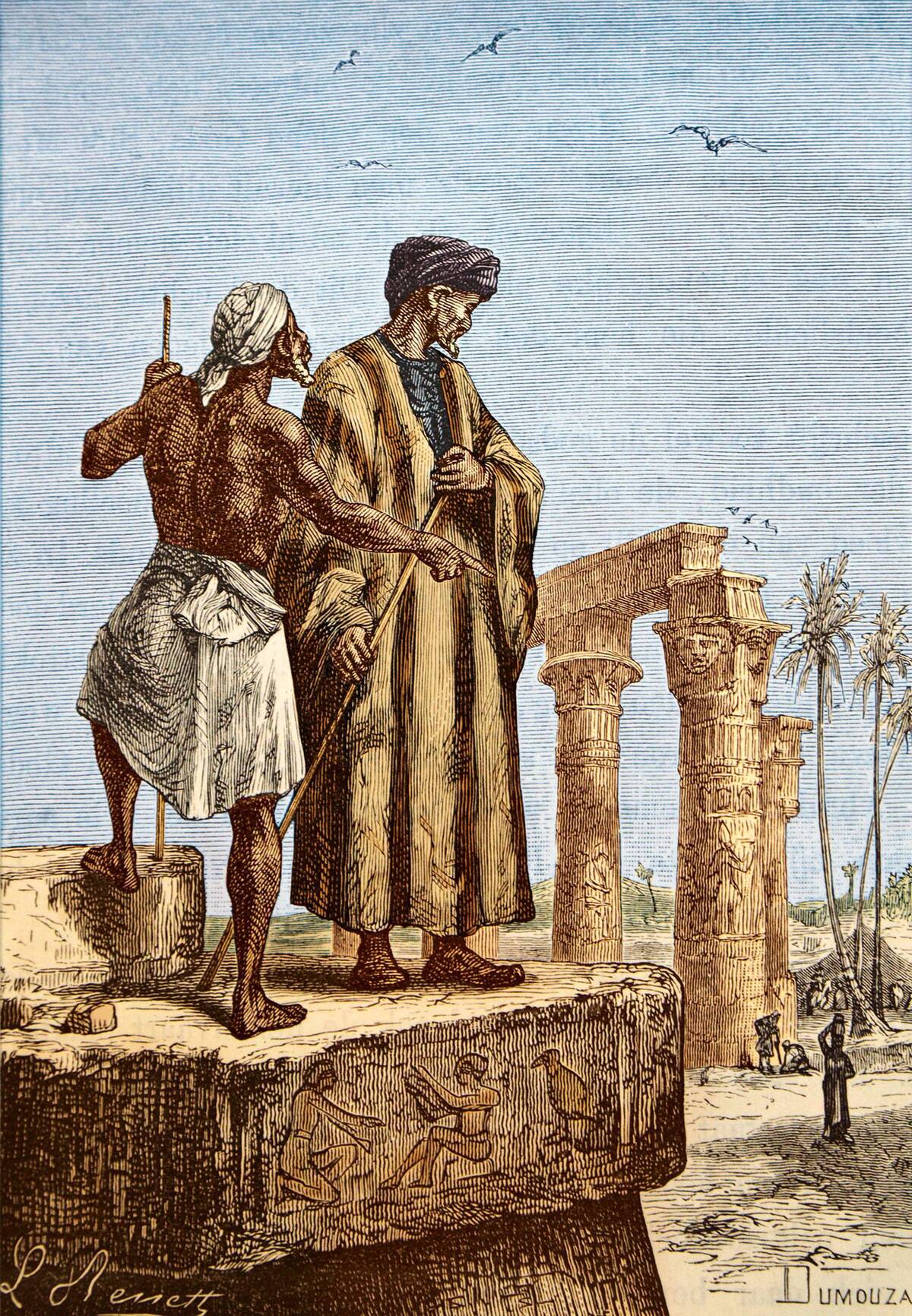
Ibn Battuta, a Moroccan scholar and traveler, embarked on a journey in 1325 that lasted nearly 30 years.
He traveled over 75,000 miles, visiting regions across Africa, the Middle East, India, and China, documenting his adventures in the Rihla, a vivid travelogue.
Mary Kingsley: The Victorian Woman Who Explored Africa
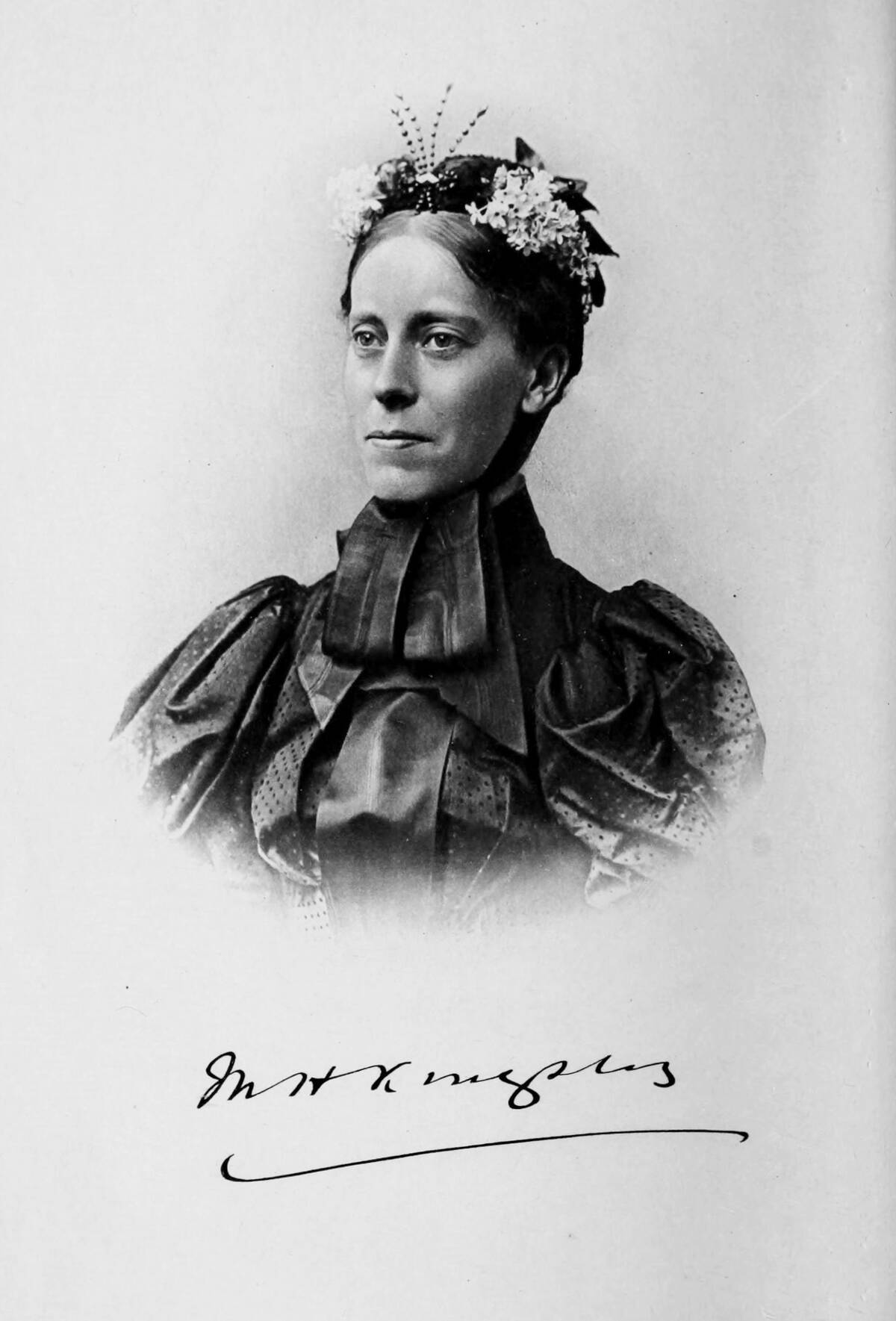
Mary Kingsley was an unconventional Victorian woman who traveled solo through West Africa in the 1890s.
Her accounts challenged stereotypes, providing detailed insights into African cultures and critiquing British colonial policies.
Matthew Henson: The Often Overlooked North Pole Pioneer
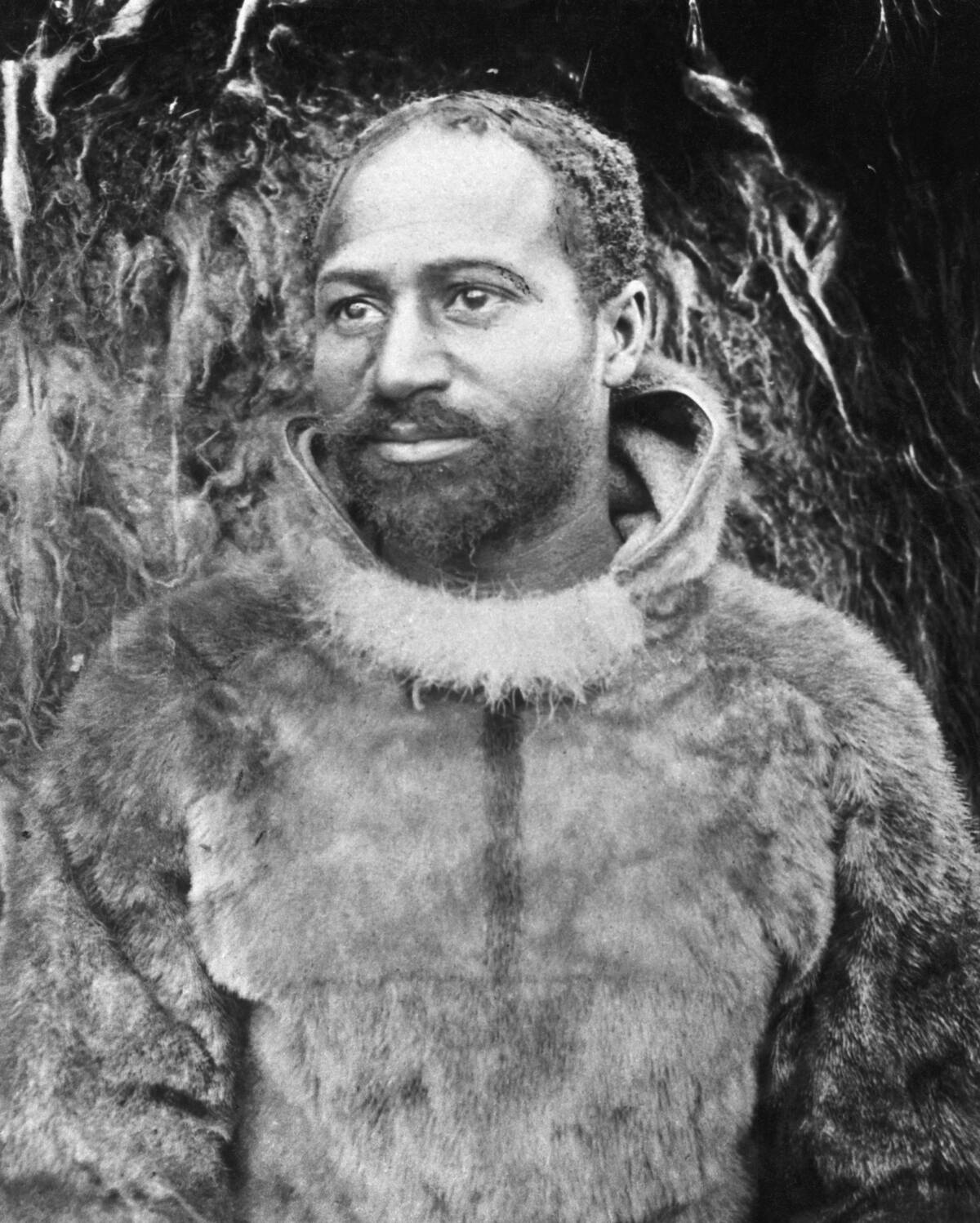
Matthew Henson, an African American explorer, was part of the first successful expedition to reach the North Pole in 1909, led by Robert Peary.
Despite his key role, Henson’s contributions were largely overlooked for decades due to racial prejudice.
Jacques Cartier: The French Explorer Who Named Canada
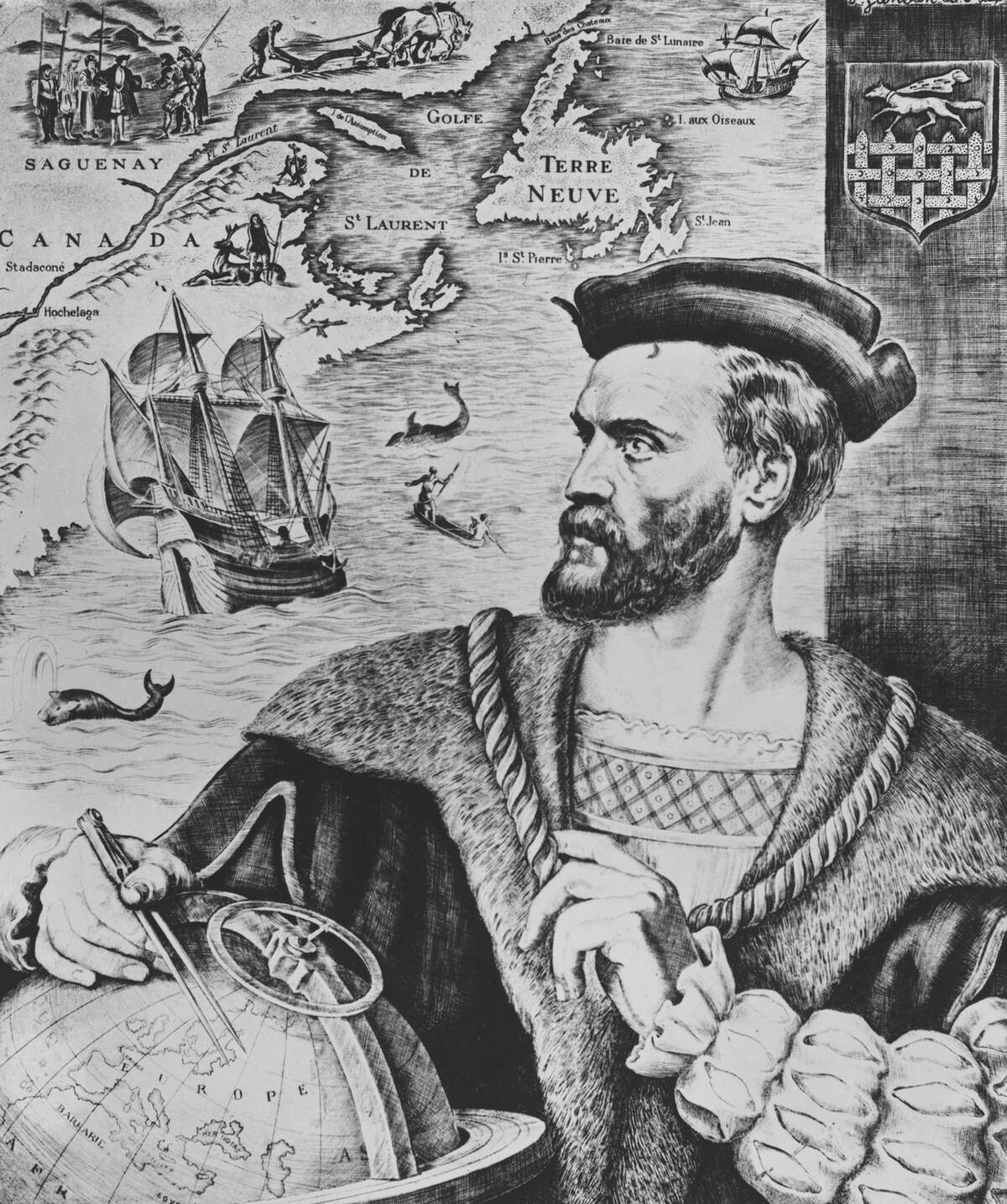
Jacques Cartier, a French navigator, explored the Gulf of Saint Lawrence and the Saint Lawrence River in the 1530s.
He is credited with naming “Canada,” derived from the Iroquoian word “kanata,” meaning village or settlement, marking the start of French influence in the region.
Sacagawea: The Indigenous Guide Who Made History
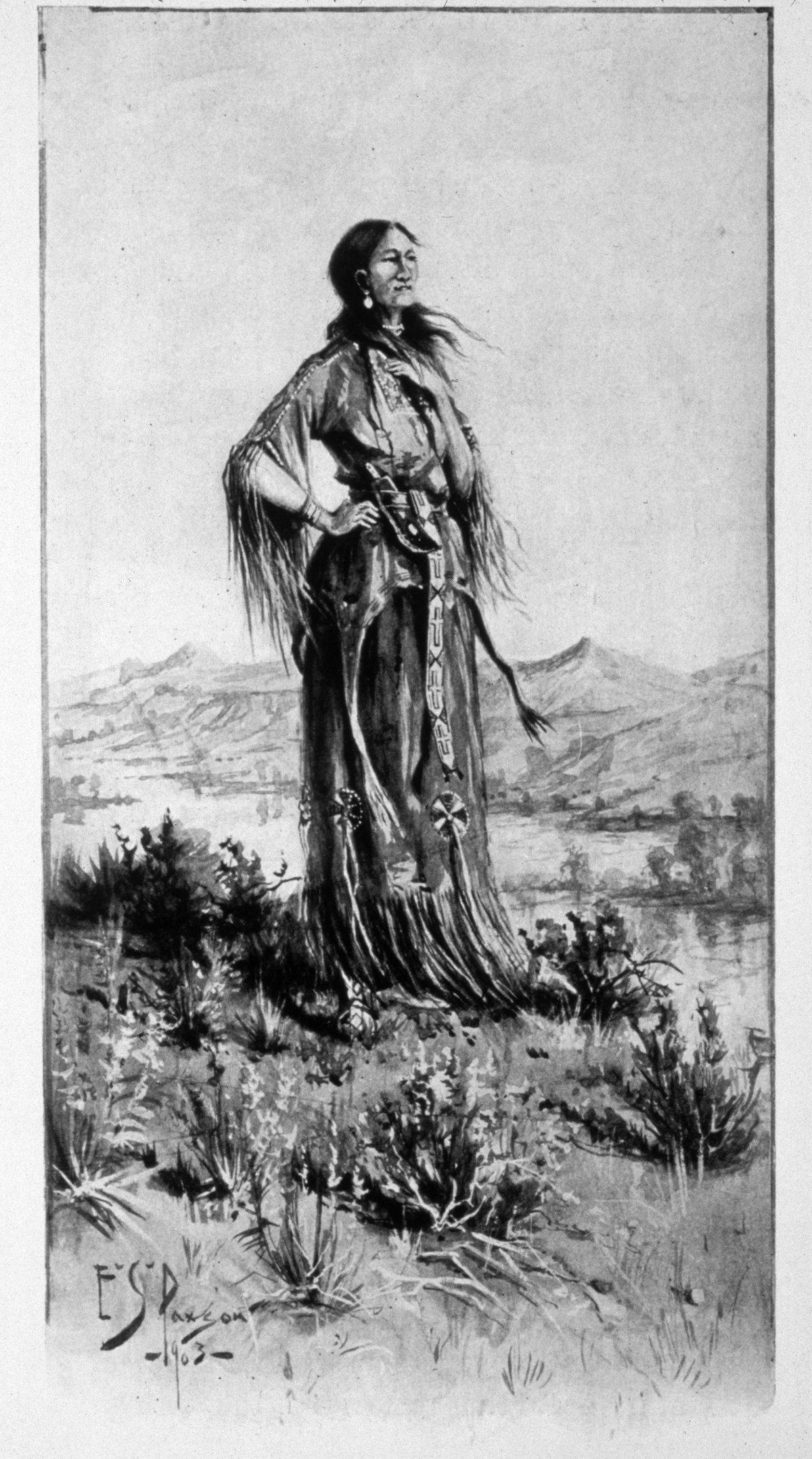
Sacagawea, a Shoshone woman, played a crucial role in the Lewis and Clark Expedition as an interpreter and guide.
Her knowledge of the terrain and ability to communicate with Native tribes were instrumental in the expedition’s success across the American West.
Isabella Bird: The First Woman Fellow of the Royal Geographical Society
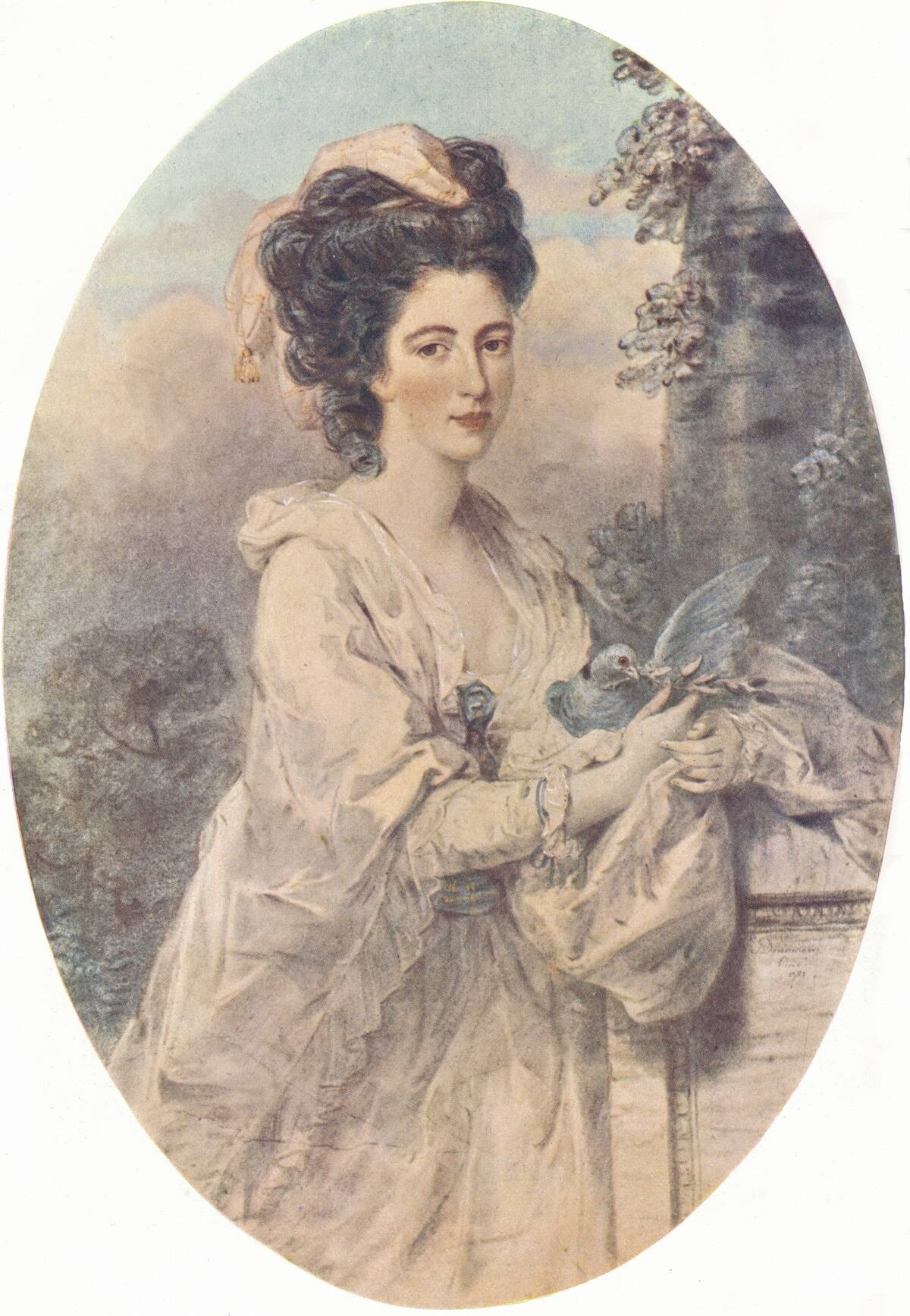
Isabella Bird was a 19th-century English explorer and writer, known for her extensive travels across Asia and the Americas.
In 1892, her contributions to geography and travel writing earned her the distinction of becoming the first woman elected as a Fellow of the Royal Geographical Society.




